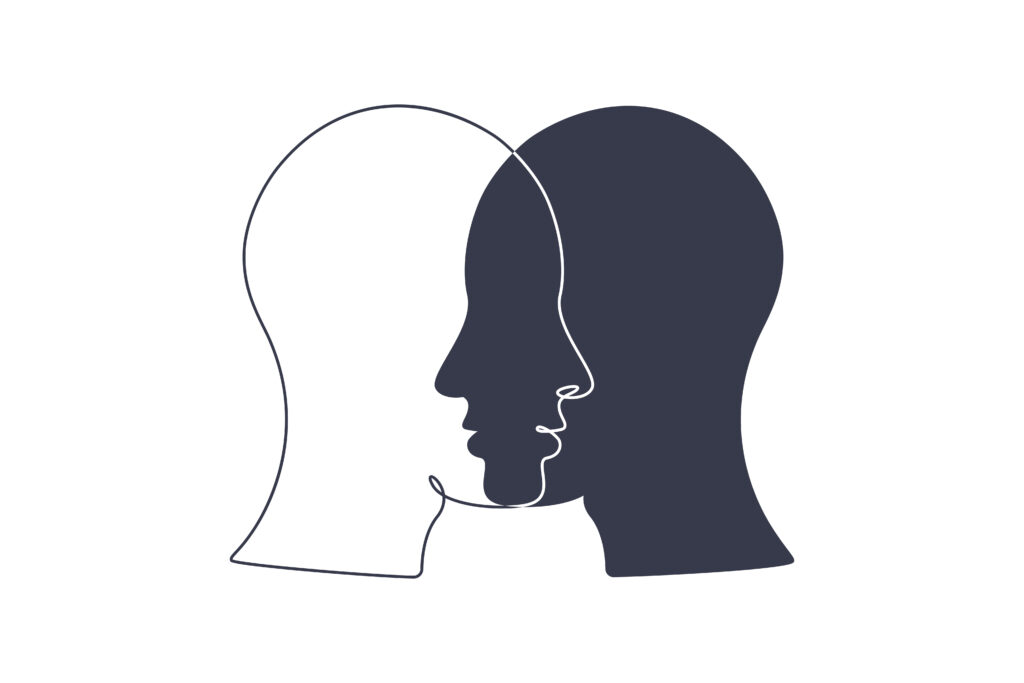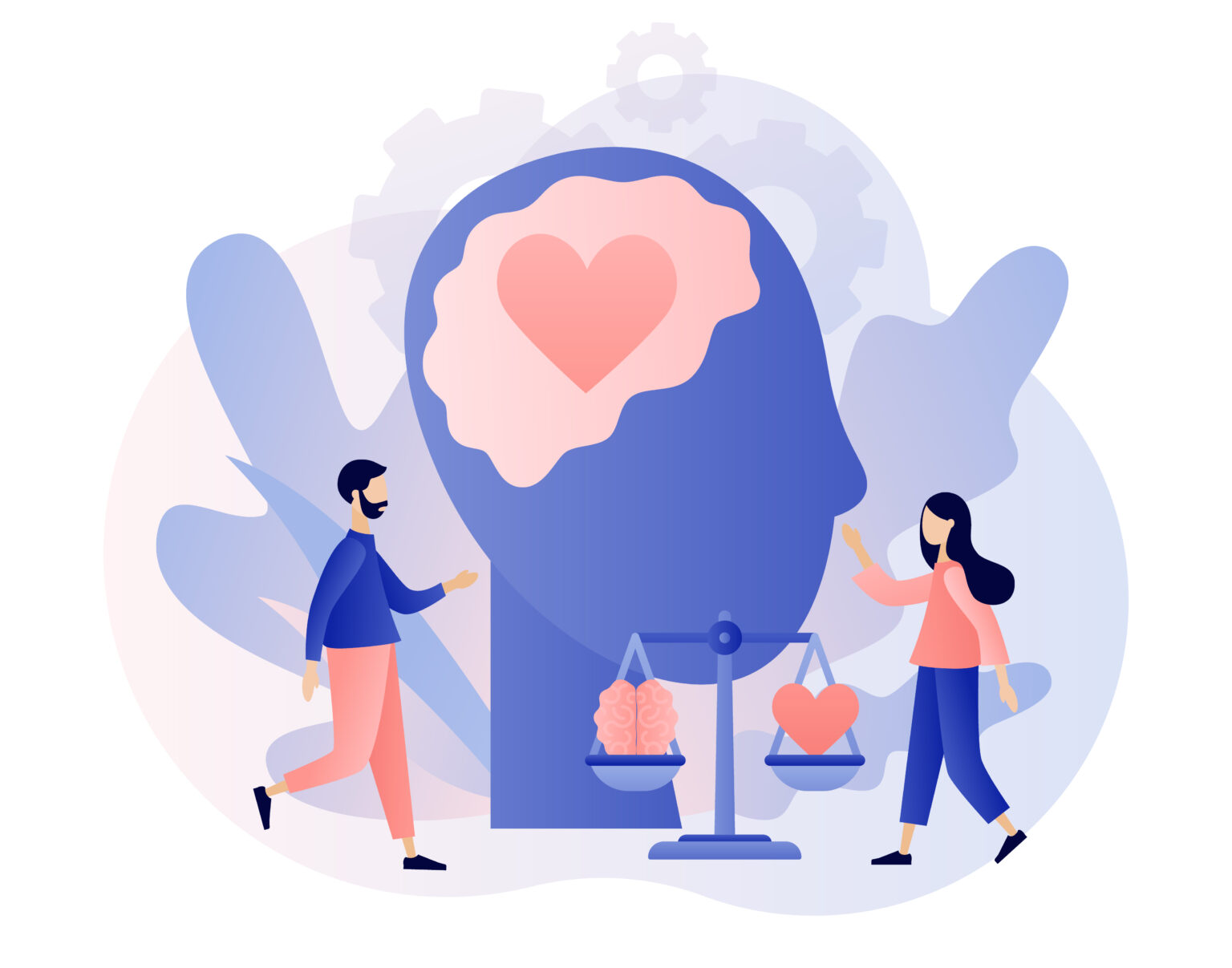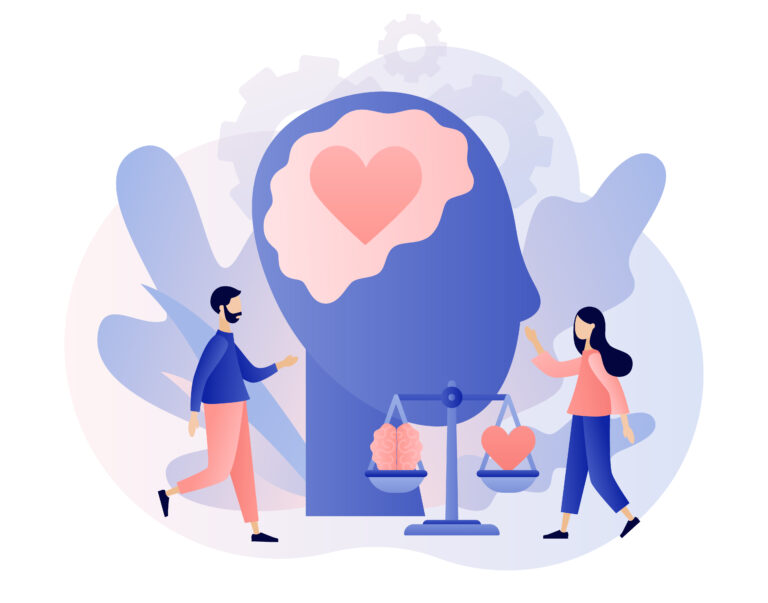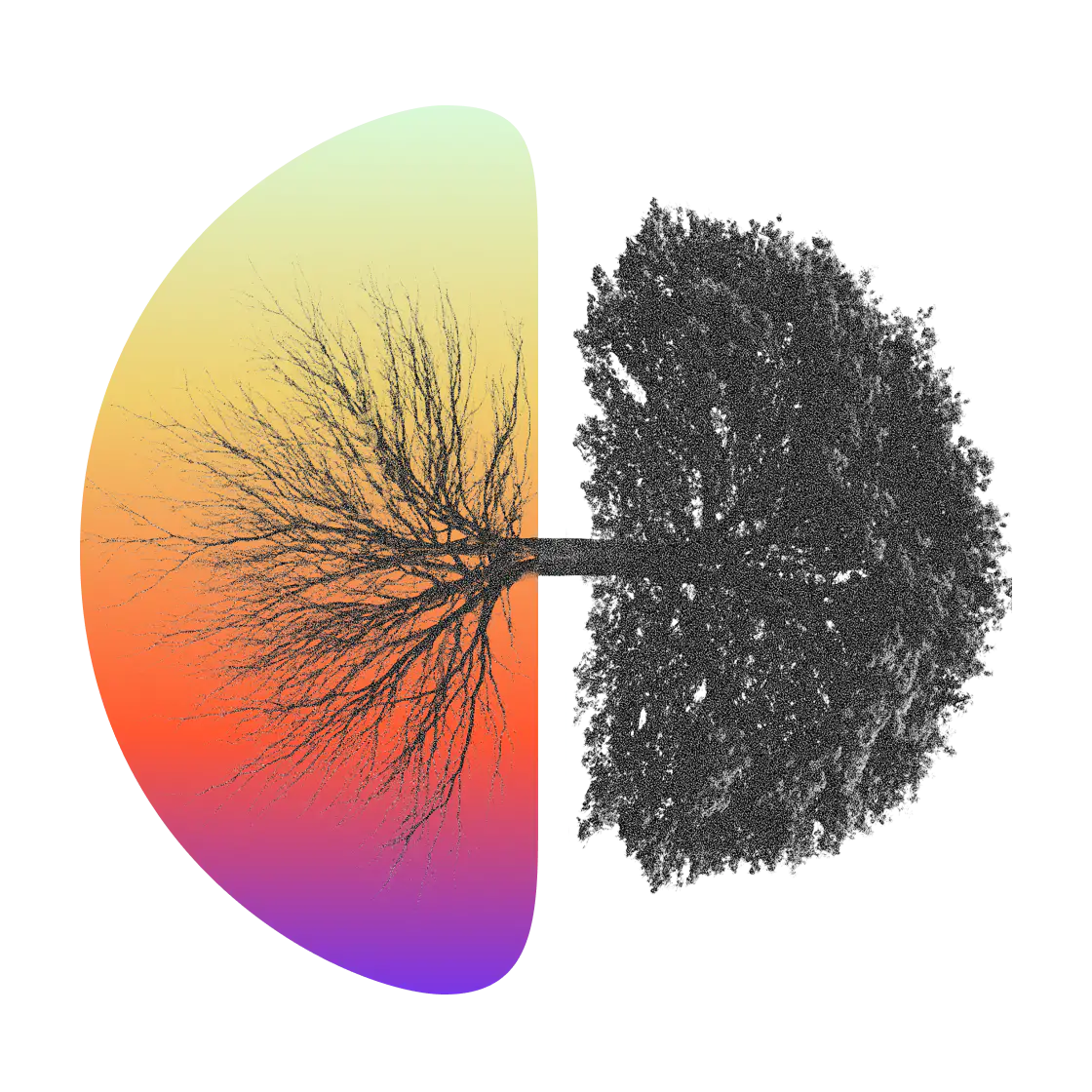Empathy, which is the ability to experience and understand what others feel while maintaining a clear discernment about one own’s and the feelings of others, is the base upon which both Empathic Distress and Compassion evolve.
According to a study by Decety and Lamm, whether a person is experiencing pain directly or ‘only’ sees another person experiencing pain, the same regions of this person’s brain will be activated. Thus, while the benefits of empathy for individuals and society as a whole are indisputable, it is also clear that empathy can sometimes lead to the experience of pain and of other negative emotions.
The work of Dr. Tania Singer has shown that empathy can lead to Empathic distress, which is the capacity of a person to feel like, or as, the other person. This implies taking on their weight and burden, and suffering with them. Empathic distress is therefore counterproductive and can lead to negative outcomes for the person experiencing it, such as poor health, non-social behavior and an inability to help. A much more powerful and useful use of empathy is compassion. In the words of the neuroscientist Antoine Lutz, compassion is a feeling of concern for the suffering of others that is associated with the motivation to help. Compassion is therefore empathy without distress and with a desire to change the situation. It offers several benefits, such as increased pro-social behavior, enhanced perspective taking, and lower physiological stress response in difficult situations.

A study by Klimecki and colleagues has shown that training in compassion leads to the activation of brain regions associated with positive affect and affiliation. In this study, participants were presented images of people suffering. Before compassion training, participants were experiencing distress and negative affect as a result of these images. As stated earlier, both receiving pain directly and observing someone in pain active the same regions of the brain: the anterior insula (AI) and the anterior medial cingulate cortex (aMCC). However, after 16 hours of compassion training, other parts of the participants’ brains were activated: the medial orbitofrontal cortex, putamen, pallidum and ventral tegmental area. These areas are connected to positive emotions, love and affiliation.
Another study by Tanja Singer has shown that compassion training can significantly reduce cortisol level in the body (cortisol is hormone that is released in the human body in response to stress). Interestingly, participants with compassion training not only had lower cortisol markers in their body compared to the control group, but also compared to a group that had received 3 months of mindfulness training.




